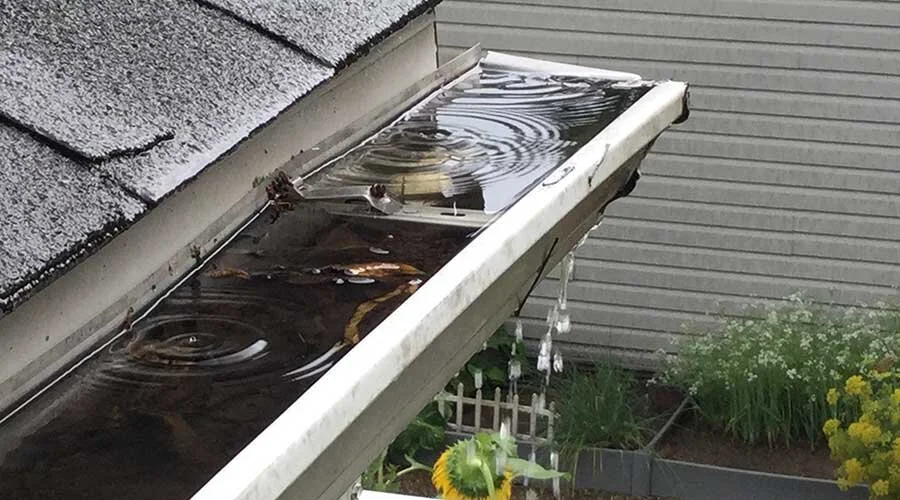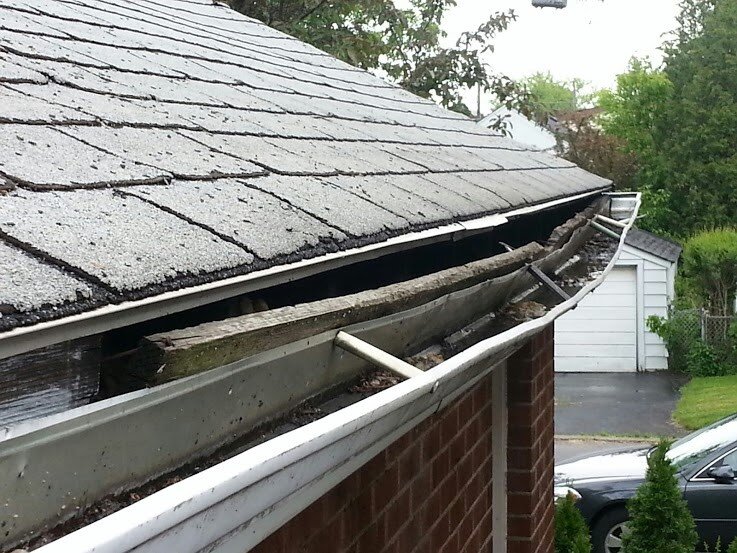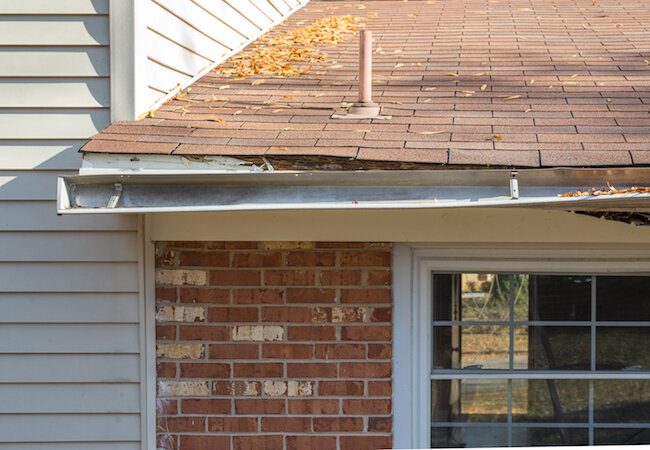As you can see from those first two videos, we're talking about metal in microwaves this week.
Last week we talked all about speed ovens and what we thought were the three best in the industry as of right now in 2021. We ended by pointing out that metal and speed ovens don’t mix any more than it does in your microwave. The longer we thought about that though we wondered if that was true. Sure, we've seen what happens if you put metal in the microwave. “But is that all the time?” was the question that wouldn't leave us alone. What we found out surprised us.
In that first video they put in just a ball of tinfoil. Similar to what you might have if you tossed a baked potato into your microwave. Your blogger has done it more than once after a long night and has had to quickly rescue her microwave. The second.. we admit. That one was more for the sheer variety of metal things they put in there and the chance to learn more. We couldn't help ourselves.
Table of Contents
How Microwaves Work & Why Metal Is No Good
What the USDA Says About Metal In Your Microwave
How Microwaves Work & Why Metal Is No Good
Your microwave works thanks to magnetons. That's not entirely accurate, most microwaves work using magnetrons. (We won't say all, because then we'll end up with one that uses something completely different.) A magnetron is “an electron tube for amplifying or generating microwaves, with the flow of electrons controlled by an external magnetic field.” according to the Free Dictionary. They generate very short, high frequency radio waves using standard AC current. That frequency vibrates at 2.5 ghZ, which is the ideal frequency to be absorbed by fat, water, and sugar. All of the molecules found in your foods for example. By absorbing that energy , the molecules vibrate faster and faster. That speed becomes heat, and your food cooks itself.
Now, contrary to what most of us thought, microwaves do not cook your food from the inside out. (We were surprised too.) Instead, the radio waves only penetrate about an inch into the food. The water/fat/sugar molecules contained within the meat and plants are evenly spread throughout what you're heating so the heat spreads out (mostly) evenly.
So if you wanted to cook something like a thick slab of meat in your microwave (just as an example) you'd want to do it on low power over a long period of time to ensure it was fully cooked without overdoing the outside.
The fact that the molecules are what gets heated and not the air in the microwave is why your food doesn't get crispy like it does in an oven.
Now, inorganic materials like your glass or ceramic dishes don't absorb radio frequencies the same way. So the only heat they absorb is from the food that's sitting on or in them. Metal though, that's different. Metal can reflect microwave energy. That's why the inside of every microwave is a very thick metal box. (We'll explain why thickness matters in just a moment.) This thick metal shield keeps the microwaves focused towards your food, and not leaking out around your kitchen.
Now, for that same reason, you can safely put a flat metal sheet into your microwave. So long as it's flat, it acts the same as the microwave walls, reflecting the microwaves inwards rather than outwards.
-You can use this to your advantage! If you cover parts of a meal with a thick piece of smooth foil, you can keep it from overcooking.
The important thing to note is that the metal needs to be completely flat. Curved or wrinkled pieces of aluminum foil are going to generate lots of sparks. Unlike the thick walls of your microwave, thin, small or pointed pieces will heat until they ignite. SO that crinkled edge of foil that you wrapped around your plate? The thin crinkled edge lets the current run along them arcing against the metal walls. Do this long enough and you're going to have a fire.
If you're lucky, you can catch it soon enough to save your microwave. If not you might be replacing your microwave, or dealing with a kitchen fire.
If you do put metal in your microwave, and it starts causing sparks, press the stop/cancel button. You can prevent great amounts of damage. If however you walked away and your microwave is now on fire, reach to where the plug is and unplug it. Or you can also spray it down with a fire extinguisher if the fire has gotten outside of the microwave.
What the USDA Says About Metal in the Microwave
Now all of that said, the USDA does have some tips if you really want to test this out. (If you do, please know that we're not responsible for what may or may not happen to your microwave.)
-use only smooth foil. Wrinkled foil gives the current more chance to spark.
-Cover 1/4 of your food or less with foil.
- Don't let the foil edges stick out.
- Which side of the foil faces out doesn't matter. Shiny, dull, it's the same thing in this case.
- Keep the foil in the middle of the microwave and at least 1" away from the walls.
- If your model of microwave has a metal rack or turntable, do NOT use foil or metal containers in it and do not let foil touch or be close to the walls, shelving or turntable.
With all of that together, we think we're just going to stick to the adage of "don't put metal in the microwave." It's much easier and less risky that way. What about you? Are you willing to give it a try? Do you have an old microwave laying around that you can experiment on? Let us know over on our Facebook or in the comments below. Although we're worried about the outcome, we can admit to being curious too.
If you wound up on this page because you did manage to set your microwave on fire, we're sorry. We've got a post all about speed ovens that might make replacing it easier? Most of them are capable of handling what your microwave could do and more. Check that out over here.
Now, if on the other hand, you wound up here because you have one of your major appliances that needs to be fixed, we can help with that too. We service all major appliances and brands, and we want to keep your home running smoothly. You can reach out to us via phone at ((214) 599-0055 ) or you can go over to our appointment page to set up an appointment. At Appliance Rescue Service, we're here for you.
Note: The first video we showed belongs to RUPhys2012 and the second belongs to The King of Random. We are not claiming to have made them nor are we making money from them. Go show them some thanks for showing off what shouldn’t go into a microwave.








